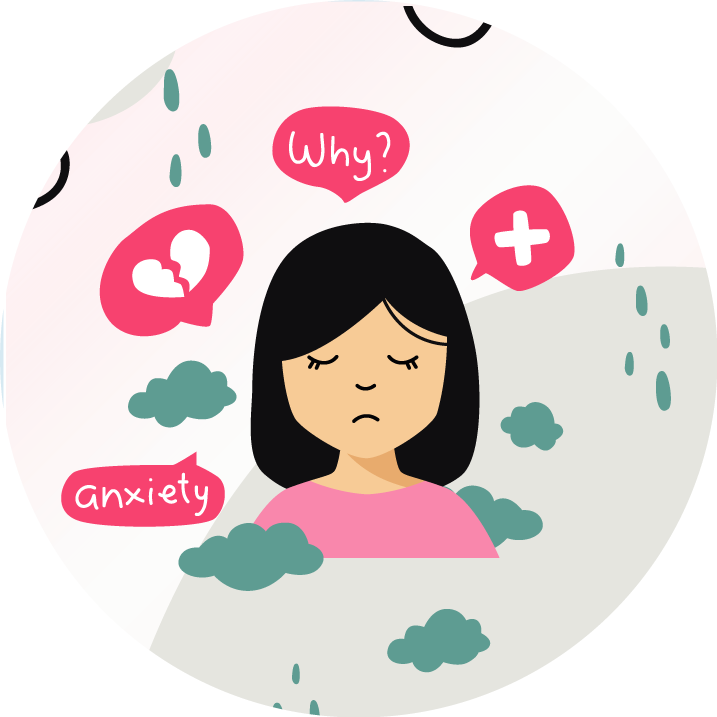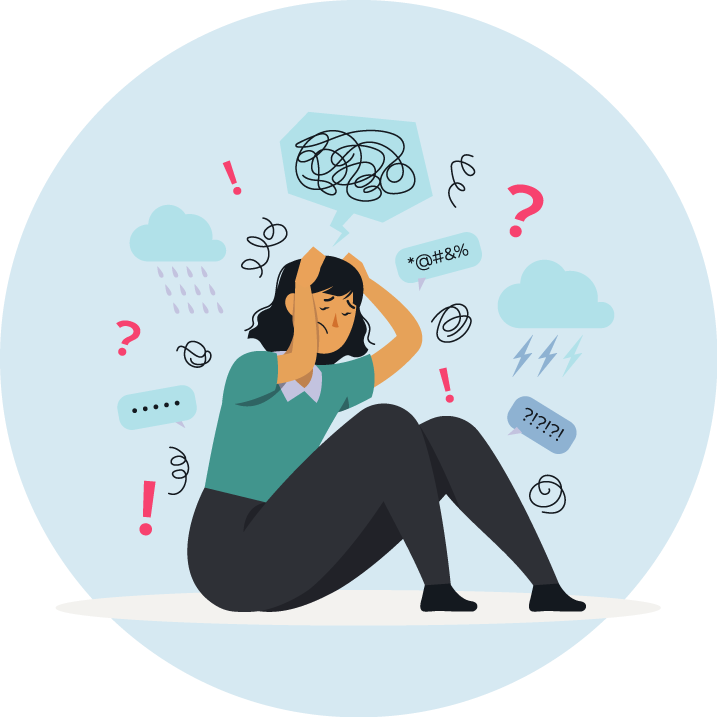How Mood Tracking Can Help in Identifying Emotional Triggers
How Mood Tracking Can Help in Identifying Emotional Triggers
August 01 2025 TalktoAngel 0 comments 424 Views
Mood tracking is a simple yet powerful method of recording your emotional state regularly. Over time, it helps you identify patterns, recognise emotional triggers, and understand how your environment, habits, or relationships affect your well-being. You may start to better control your emotional reactions by increasing your awareness of them. It’s a small daily habit that can lead to greater emotional clarity and improved mental health.
What is Mood Tracking?
The activity of regularly recording your emotional state, usually together with notes on your current activities, surroundings, thoughts, or physical sensations, is known as mood monitoring. It can be as simple as jotting down your feelings in a journal or using an app designed for mental health.
But more than just “keeping a diary,” mood tracking helps you build emotional awareness over time. By consistently noting your emotional ups and downs, you start to identify patterns and, more importantly, the triggers behind those patterns.
Understanding Emotional Triggers
Emotional triggers are anything — situations, people, places, or thoughts — that spark a strong emotional reaction in you. Sometimes these reactions are logical, but often, they're rooted in past experiences or unresolved emotions.
Think about how you feel when:
- You receive unexpected criticism.
- You're left out of a conversation.
- A social media post makes you compare your life to others.
- You're overwhelmed by back-to-back meetings.
You might suddenly feel anxious, angry, sad, or insecure. These emotional shifts don’t come out of nowhere — they’re triggered. And unless you’re keeping track, they can sneak up on you again and again.
How Mood Tracking Helps Identify Triggers
Let’s say you start tracking your mood every day for two weeks. Each night, you spend a few minutes reflecting on how you felt and what events stood out. After a while, you begin to notice that you often feel down on Sunday evenings. You dig deeper and realise it’s the anticipation of the workweek — or maybe it’s the loneliness of an unstructured weekend.
This is how mood tracking reveals patterns you might not consciously notice. Once those patterns are clear, the triggers behind them become much easier to pinpoint.
Getting Started with Mood Tracking
Starting a mood tracking habit is easier than it sounds. Here’s a simple approach:
- Choose your format – You can use a journal, a notes app, or a dedicated mood tracking app. What matters is consistency.
- Set a time – Most people find it helpful to track their mood once or twice a day, ideally in the morning and/or before bed.
- Be honest and specific – Instead of just writing “bad day,” note the emotion: anxious, frustrated, sad, or overwhelmed. Attempt to explain the circumstance or idea that caused that emotion.
- Watch for patterns – After a few days or weeks, you’ll likely see trends in how certain activities, environments, or people affect your mood.
The process may seem simple, but the results are often profound. You begin to understand your emotional life in a way that empowers you to make healthier choices.
Turning Awareness Into Action
Once you identify emotional triggers through mood tracking, the next step is to take action. That might mean:
- Setting boundaries with people or situations that consistently drain you implementing coping mechanisms such as frequent exercise, breathing techniques, or mindfulness.
- Planning around known triggers, such as building in quiet time after a stressful event or limiting exposure to certain environments.
Most importantly, mood tracking helps you develop emotional resilience. You’re no longer just reacting to your emotions — you’re understanding them, anticipating them, and responding in ways that support your well-being.
When to Seek Extra Support
Mood tracking is an excellent self-help strategy, but it’s not a substitute for professional support, especially if your mood patterns are affecting your daily life, relationships, or self-esteem.
If you find that certain emotional triggers are deeply rooted or overwhelming, it might be time to talk to a mental health professional.
Conclusion
If you’re looking to elevate your emotional awareness, consider combining mood tracking with professional counselling. TalktoAngel is a trusted online therapy that connects you with qualified therapists who specialise in emotional regulation, anxiety, depression, and personal growth. With TalktoAngel, you can explore your emotional triggers in a safe, supportive space and develop practical tools to handle them with confidence. Whether you're new to therapy or returning after a break, their accessible and affordable sessions make it easy to start your journey toward better mental health. Start tracking, start healing — and if you need support along the way, TalktoAngel is just a click away.
Contributed By: Dr. (Prof.) R. K. Suri, Clinical Psychologist and Life Coach, &. Ms. Mansi, Counselling Psychologist.
References
- Myin-Germeys, I., Kasanova, Z., Vaessen, T., Vachon, H., Kirtley, O., Viechtbauer, W., & Reininghaus, U. (2018). Experience sampling methodology in mental health research: New insights and technical developments. World Psychiatry, 17(2), 123–132. https://doi.org/10.1002/wps.20513
- Pennebaker, J. W. (2018). Opening up by writing it down: How expressive writing improves health and eases emotional pain (3rd ed.). The Guilford Press.
- Watson, D., Clark, L. A., & Tellegen, A. (1988). Development and validation of brief measures of positive and negative affect: The PANAS scales. Journal of Personality and Social Psychology, 54(6), 1063–1070. https://doi.org/10.1037/0022-3514.54.6.1063
Leave a Comment:
Related Post
Categories
Related Quote

“Remember: the time you feel lonely is the time you most need to be by yourself. Life's cruelest irony.” - Douglas Coupland

“Anxiety is a thin stream of fear trickling through the mind. If encouraged, it cuts a channel into which all other thoughts are drained.” - Arthur Somers Roche

"It is okay to have depression, it is okay to have anxiety and it is okay to have an adjustment disorder. We need to improve the conversation. We all have mental health in the same way we all have physical health." - Prince Harry

“You say you’re ‘depressed’ – all I see is resilience. You are allowed to feel messed up and inside out. It doesn’t mean you’re defective – it just means you’re human.” - David Mitchell, Cloud Atlas

"Man is not worried by real problems so much as by his imagined anxieties about real problems." - Epictetus
Best Therapists In India





































SHARE